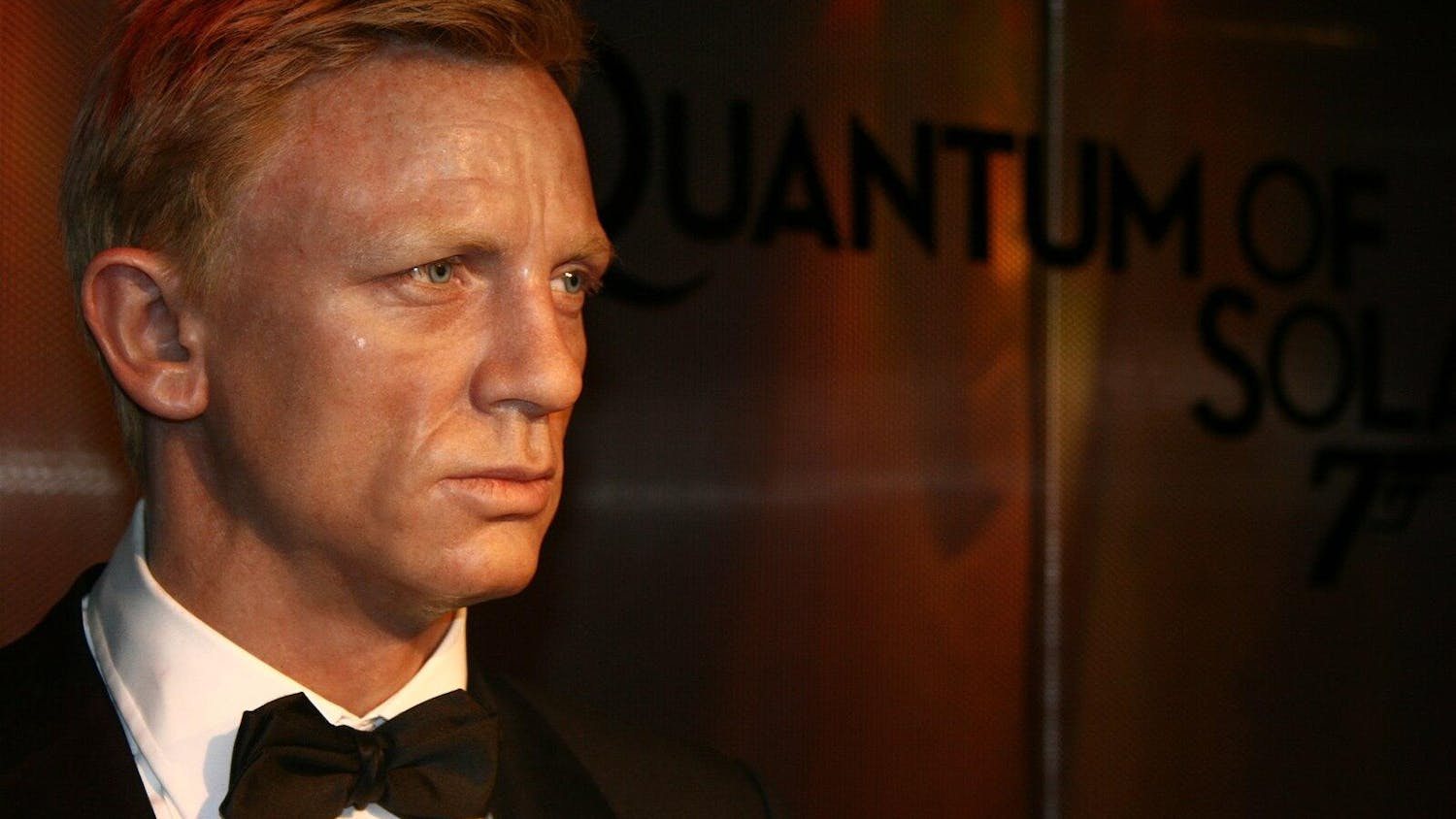Dana Schutz has been heralded as one of contemporary art’s most influential artists for her abstract narrative paintings. It was no surprise that her work was featured in the 2017 Whitney Biennial, but the controversy surrounding the artist’s painting of Emmett Till in “Open Casket” (2016) has divided the art world in two without precedent. The discussions of the work and Schutz’s career have now moved from New York to Boston, as a retrospective of her work will be held at the Institute of Contemporary Art (ICA) until Nov. 26.
Schutz’s work “Open Casket” draws inspiration from the 1955 photograph of African-American teenager Emmett Till after he was brutally murdered in Mississippi. The painting is in a similar style to Schutz’s other work, with its use of bright color and broad brushstrokes. While the figure’s face, the funerary bed and the background of the work are abstract, the viewer can deduce the reference to the iconic photo from the color of the face as well as the figure’s clothing.
With the knowledge that Schutz is a white woman and the content of the painting, protests began as soon as the Whitney Biennial opened on March 17. Five to six protesters obstructed the view of the painting for the duration of the day. The protests continued, carried out by contemporary African-American artist Parker Bright, who would stand in front of the painting while wearing a shirt that read “Black Death Spectacle.” The controversy reached its peak when British contemporary artist Hannah Black wrote an open letter to the curators of the Whitney Biennial.
On the legacy of the work, Black stated, “In brief: the painting should not be acceptable to anyone who cares or pretends to care about Black people because it is not acceptable for a white person to transmute Black suffering into profit and fun, though the practice has been normalized for a long time.”
Black also went on to discuss Schutz and the work itself.
“The subject matter is not Schutz’s," Black wrote. "White free speech and white creative freedom have been founded on the constraint of others, and are not natural rights. The painting must go.”
Though Schutz never released a public statement,artnet News interviewed her while the controversy surrounding “Open Casket” reached its apex. In addition, a statement from the Whitney on behalf of Shultz was also published in The Washington Post.
“I don’t know what it is like to be black in America," Schutz said. "In her sorrow and rage she [Mamie Till] wanted her son’s death not just to be her pain, but America’s pain.”
When asked if the disapproval of her work would change her practice, she responded, “I’m sure it has to.”
Despite the open letter, the Whitney stood by the work and its display.
“As curators of this exhibition we believe in providing a museum platform for artists to explore these critical issues," the Whitney's curators said in a statement to artnet News.
Although “Open Casket” is not on display at Schutz’s retrospective, the ICA has also received criticism for even showcasing her work. A letter written by local artists, activists and community members addressed the museum's chief curator Eva Respini and her team.
“Please pull the show," the letter read. "This is not about censorship. This is about institutional accountability.”
The letter went on to list the supposed shortcomings of the ICA when creating this show. The writers also called on the ICA to answer the criticisms, acknowledge the problems with the controversial painting and host a dialogue.
In response, a group of National Academy of Art members penned their own letter, stating, “As fellow artists and architects, we wholeheartedly support cultural institutions like the ICA Boston who refuse to bow to forces in favor of censorship or quelling dialogue.”
The art world has always tackled and engaged with social and political issues, and the controversy surrounding Schutz’s work is no exception. The dialogue surrounding “Open Casket” brings up issues of white privilege, depictions of Black trauma, censorship and a multitude of other controversial ideas. Although it's impossible to determine the long-term effects of these conversations, a few things are certain: Dana Schutz’s show at the ICA will be held and people will continue to protest. What happens with Schutz’s career and the art world as a result is yet to be seen.
Dana Schutz's Whitney Biennial controversy heads to Boston, along with retrospective

The Institute of Contemporary Art, Boston





